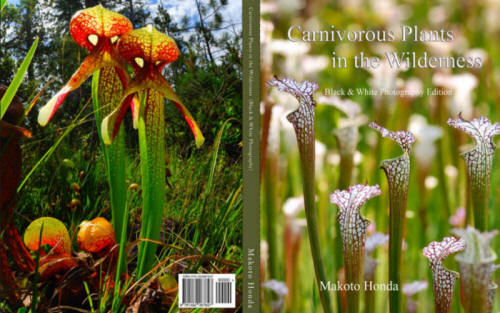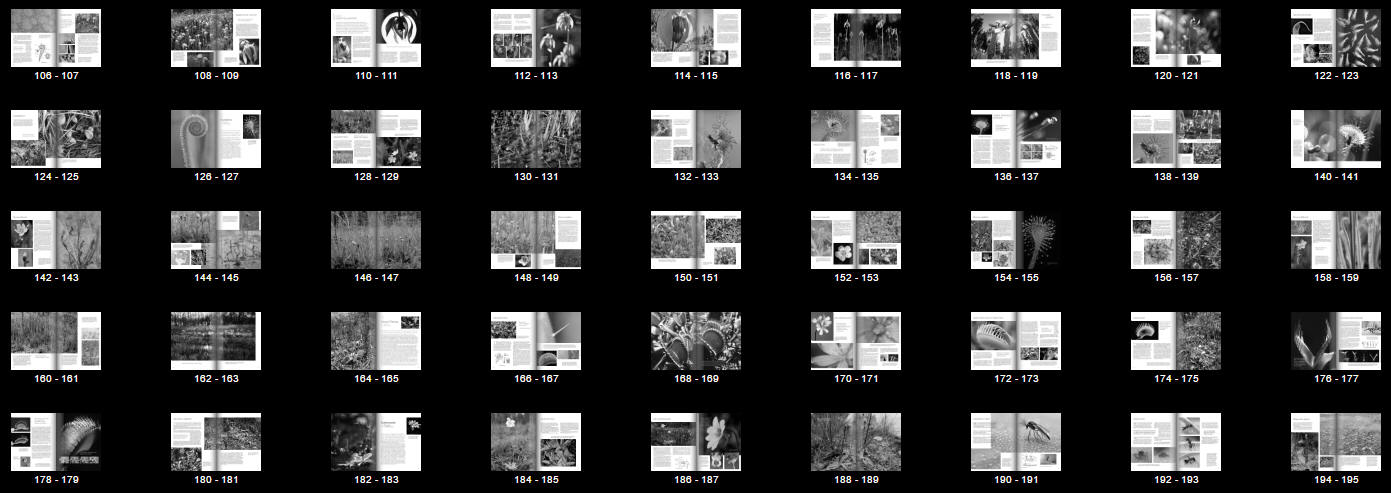HOME
"Carnivorous Plants in the
Wilderness"
.
Available from Amazon.com!!!!
Color Photo Edition from
Amazon.com
B&W Photo Edition from
Amazon.com
"Carnivorous
Plants in the Wilderness"
Book format - Paperback.
Book size: 8.5 x 11 inches. 274 pages.
390-plus color photographs - mostly taken in the wild.
All images are critically selected out of thousands of images.
36 two-page-spread (or nearly as large) photographs.
30 full-page photographs.
Price: $39.95. (List Price)
Black & White
Photography Edition is also available.
(The same contents: 8.5 X 11 inches, 274 pages)
Price: $12.95 (List Price)
MY
PHOTOGRAPHIC PRESENTATION OF THE CP WILDERNESS!

__________________
This is a
book on the ecology of carnivorous plants, their lifestyle and surroundings.
Through millions of years of evolution, carnivorous plants have acquired special
adaptations that may appear quite bizarre and eccentric in the seemingly docile
world of the plant kingdom.
The idea that some plants eat animals sounds so strange that there was
strong hesitation on the part of eighteenth century botanists to accept such a
notion. It is a deviation from our familiar concept of the food chain. Plants
are eaten by herbivores and herbivores, in turn, are eaten by carnivores.
Carnivorous plants have reversed the order of this normal hierarchy that exists
within the ecosystem.
Charles Darwin was one of the first to demonstrate, with convincing
evidence, that some plants had indeed been adapted to the carnivorous habit.
Modern science has confirmed that the nutrients obtained from captured prey are
absorbed through the trap leaf and are carried to the growth points, suggesting
that the plants do derive benefits.
The main requirements for the healthy growth of plants are sunlight, carbon
dioxide, water, and some inorganic nutrients. A deficiency in any of these basic
requirements creates a hostile environment for the plants. In any adverse
situations, the plant must adapt to survive. Over millions of years, the plants'
struggles for survival have created a staggering array of properties found in
the richness of the plant kingdom of our planet today.
There are places in the world where the soil is poor and plants cannot
obtain enough nutrients through the root to sustain their growth. This
particular environmental stress has given rise to a syndrome quite eccentric in
view of the normal plant lifestyle. It is in such mineral-deficient environments
found in some regions of the globe that the plants that have adopted carnivory
can be found.
The Introduction of this book describes carnivorous plants in the world,
covering various trapping methods deployed by carnivorous plants, their
beautiful flowers, a dilemma associated with pollinators, ecology,
classification, and evolution. The six chapters that follow describe all the
genera of carnivorous plants occurring in North America - Pitcher Plants (Sarracenia),
Cobra Plant (Darlingtonia), Sundews (Drosera), Venus Flytrap (Dionaea),
Butterworts (Pinguicula), and Bladderworts (Utricularia). Each
chapter describes in detail a specific trapping mechanism of the genus.
Through vivid imagery of nature photography, the reader is invited into the
wilderness of North America to witness a variety of mysterious carnivorous plant
lifestyles in their natural habitats.
__________________
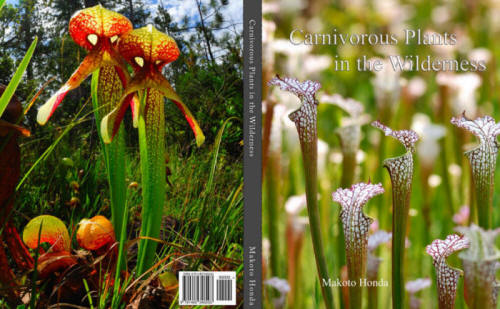
For book contents, see below.
__________________
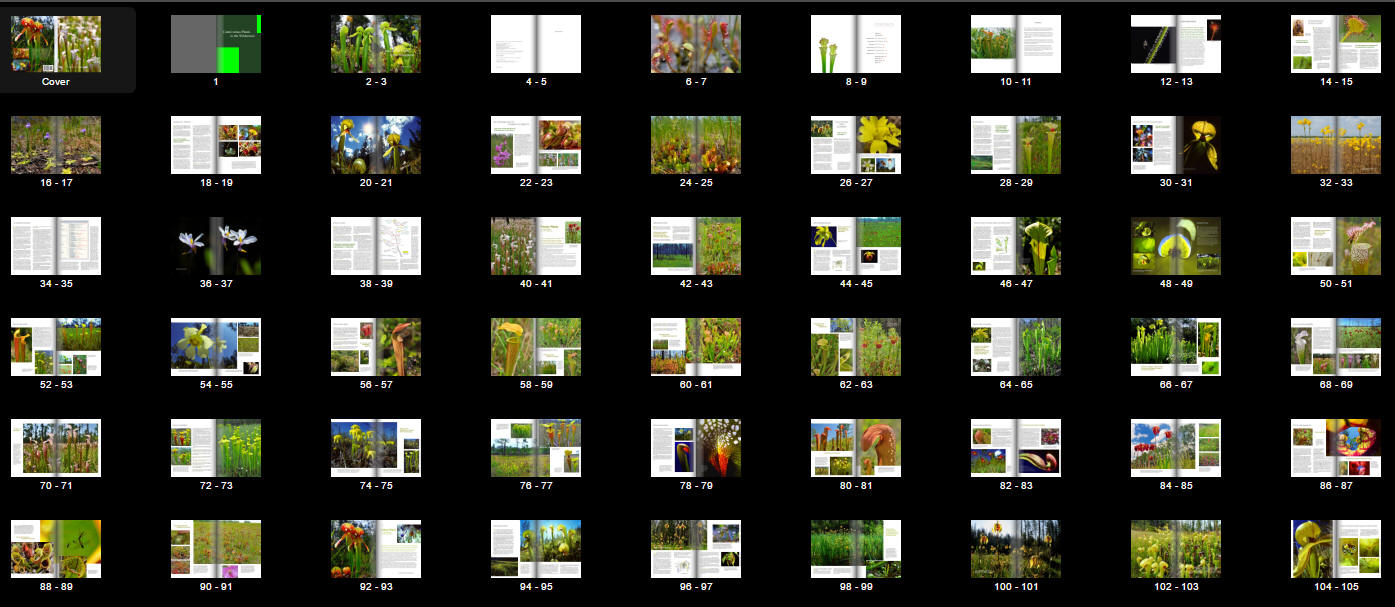
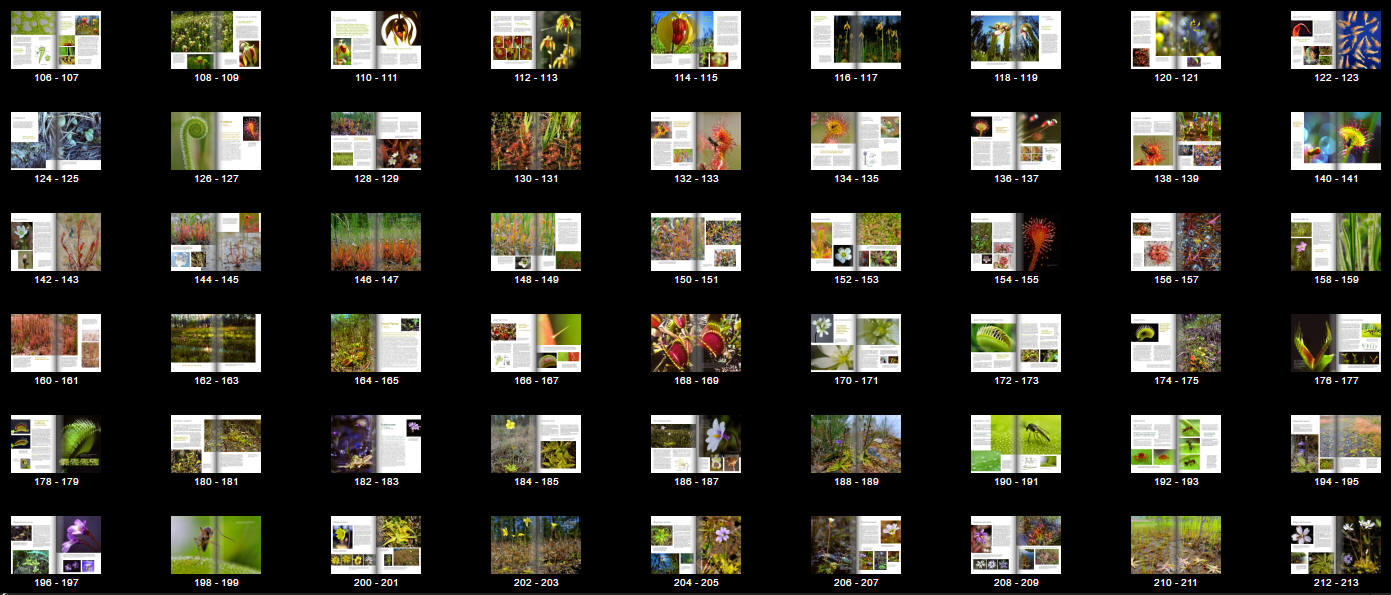

__________________
______________________
B&W Photo Edition
